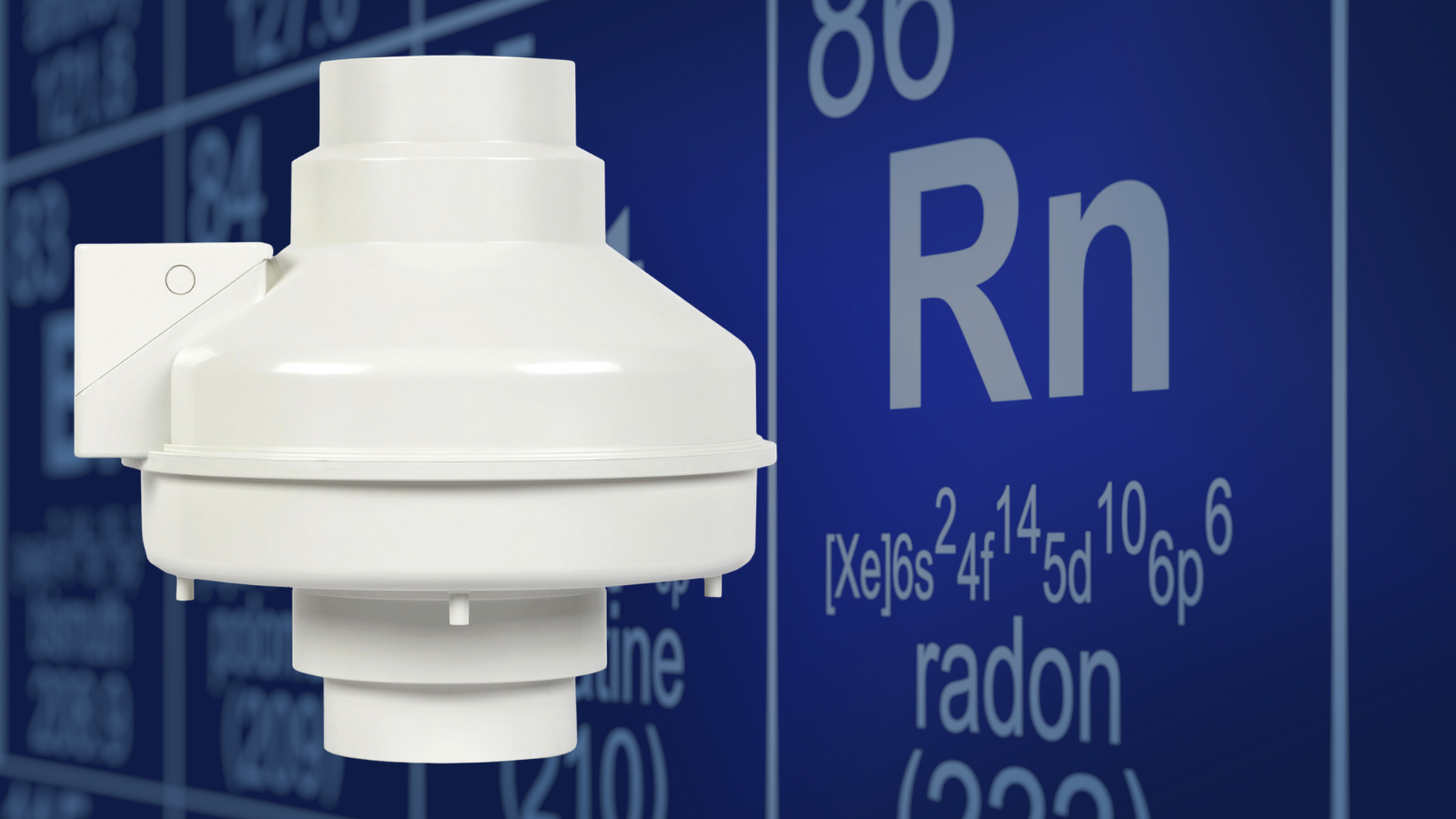Why Radon must be mitigated
Radon is a hazardous, odorless, radioactive gas that is everywhere. You cannot see, taste or smell radon, but a simple, inexpensive test can be performed to establish your Radon level. Long term exposure to Radon increases your and your family’s risk of lung cancer. According to the EPA, Radon is the #1 cause of lung cancer among non-smokers, and overall, radon is the second leading cause of lung cancer in the US.*
Radon gas is found in nearly all soils and typically moves up through the ground to the air above and into your home through cracks, crawlspaces, floor drains, pipes, and sump pumps. When it gets trapped in your home the gas can build up to dangerous levels. Any home may have a radon problem; new and old homes, well-sealed and drafty homes, and homes with or without basements. While your neighbor’s home could test at low levels of radon gas, your home may have unsafe levels of radon. This is why it is important to test for radon.
Testing is the only way to know if you and your family are at risk. Testing is easy and inexpensive; most hardware stores carry radon test kits. If the radon level is above 4 Picocuries per liter (4pCi/L) the EPA recommends you mitigate your home.
Reducing radon levels in your home is easy. The first step is to find a qualified radon service professional to mitigate your home. To find a qualified radon contractor to fix high levels of radon in your home’s air or water contact your state’s radon office or get help from the EPA website.
The licensed radon mitigator will design the right solution for your home. Typically a radon system works by changing air pressure beneath your home using a specially designed radon fan. The fan draws out the radon gas and safely vents it through a pipe or pipes above the roof.
*For more information about radon risks and solutions click here.
Reps, tell your distributors:
- While many fans and other install supplies are sold online, MANY are not.
- Since ALL Radon systems are installed using 20’ lengths of PVC pipe, your potential customer is walking in to buy pipe, fittings, couplings, conduit, switches, etc.
Distributors, tell your contractors:
- Will the fan be mounted outside?
- If it’s outside, the pipe must terminate above the roofline (not above the peak, but above the roof)
- Pipe must terminate three feet above any window or other opening (unless it is more than ten feet away).
- These are the EPA Protocols (designed to eliminate the possibility of Radon re-entering the house). This is what an inspector will look for.
- Will the fan be mounted inside?
- If the fan and pipe are mounted inside, the fan MUST be mounted above any occupied area (put it in the attic)!
- Why? The EPA Protocol is written so that if there is a leak in the pipe Radon gas will NOT be forced, under pressure, into the living area(s).
- Whether the fan is installed inside or outside, it will run continuously.
- Check your local codes to see if the fan needs a dedicated switch or if it needs to be wired to a GFCI.
Contractors, tell your customers:
- The fan runs continuously, do NOT turn it off. Even if you don’t live in the house year round. Do NOT turn it off.
- If the fan is off, condensation will collect in the motor, causing rust. This rust will cause the motor to fail which IS NOT COVERED UNDER WARRANTY.
- The fan draws about as much electricity as a closet lightbulb. Please, leave it on!
- The U-Tube Manometer is NOT showing your “radon level”. It is merely indicating that the fan is running and exhausting radon gas.
- Explain that if the manometer level changes from what you see here today (show them), that they should give you a call right away.
Visit our website for more information on our radon mitigation fan options.

